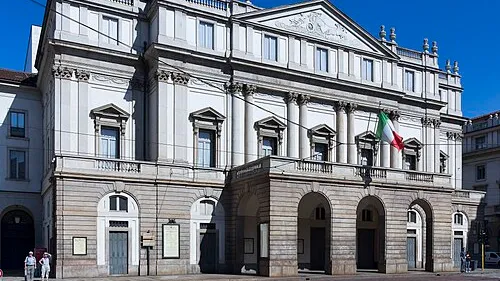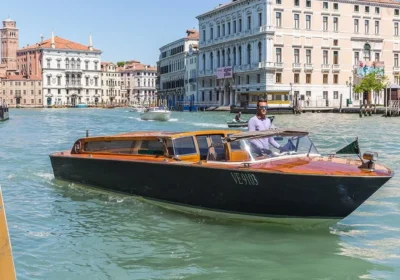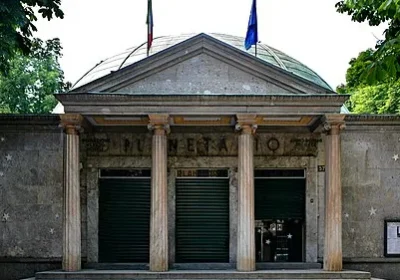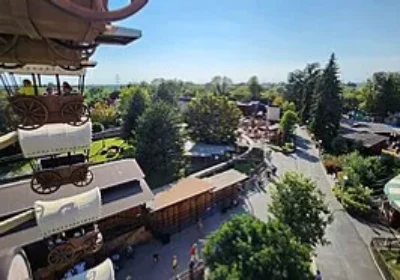Neoclassical. It covers the period from 1750 to 1850. From the end of the reign of Maria Theresa of Austria to the Napoleonic Kingdom of Italy, Milan was on a cultural and economic boom – just during the Neoclassical period. Thus, one of the most important buildings of this architectural trend appeared in the city – the La Scala theatre.
Modern. At the end of the 19th century came the Art Nouveau style, here it was called liberty. But unlike French and Belgian Art Nouveau, in Italy it is more ornamental than architectural. The liberty style was heavily influenced by the Baroque with its rich ornamentation and colour both inside and outside the buildings. Italian poet Gabriele d’Annunzio wrote in 1889, when the style was in its infancy: “The ingenious debauchery of Baroque sensibility is one of the defining variants of Italian Art Nouveau”. Prime examples of Italian liberti are found in the Porta Venezia neighbourhood. For example, the Palazzo Castiglioni, or “House of Asses.” So people nicknamed the building because of the abundance of nude figures on the facade. They were so embarrassing to residents that the entrance gate was moved to the side façade.
The Art Nouveau style, unlike most other architectural styles, has a year of completion – 1914. Italian architects wrote the Manifesto of Futurist Architecture, which was published by Antonio Sant’Elia in Milan.
Inspired by the skyscrapers of the United States, Antonio created the New City series of works, where he fantasises about the cities of the future. From this point, an era of more austere modernism and rationalism begins. Architects use modern materials and technologies, buildings are erected from reinforced concrete, glass and metal. The distinctive features of Italian rationalism are the scale, structure and symmetry of ancient Roman architecture, but without the decorative frills associated with classicism and neoclassicism.
The royal villa, which preserves the memory of Napoleon, who lived here, with an English-style park, whose enchanted atmosphere takes us from the bustling Milan to the peace of the aristocratic country estate; a gallery of modern art with works by Modigliani, Matisse, Picasso. The palaces on Avenida Venezia and in the Conservatory area with their charming courtyards, famous throughout the world.
You can also indicate the sights you would like to visit.

















